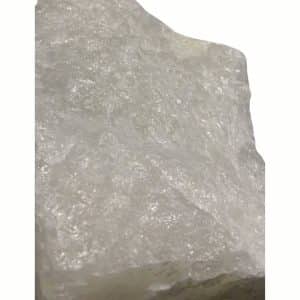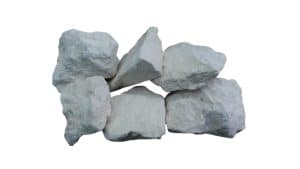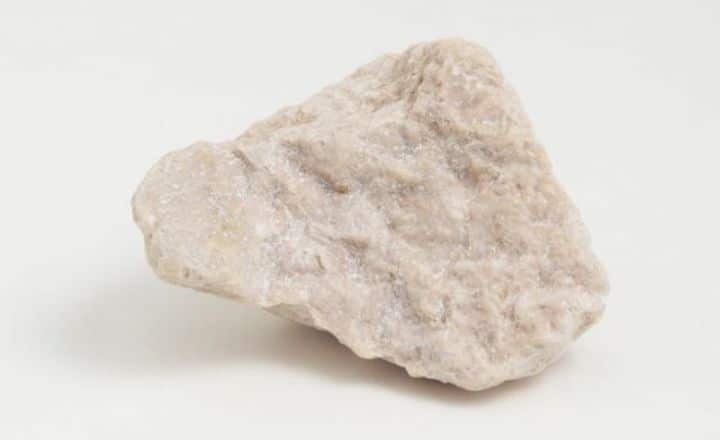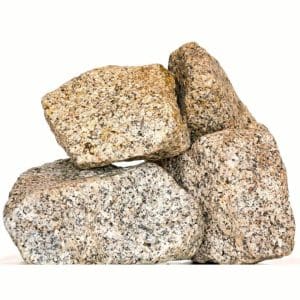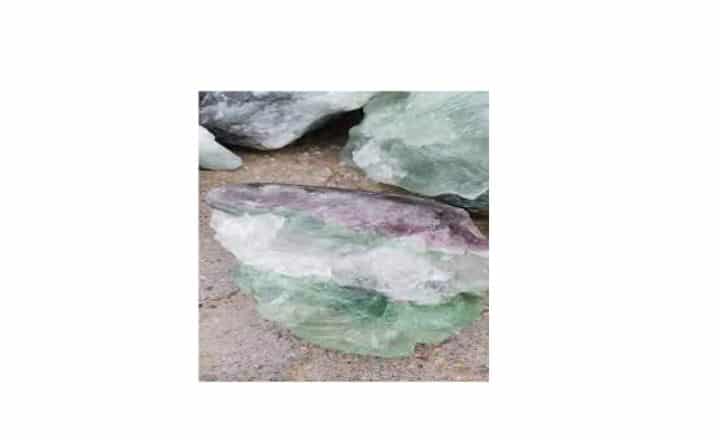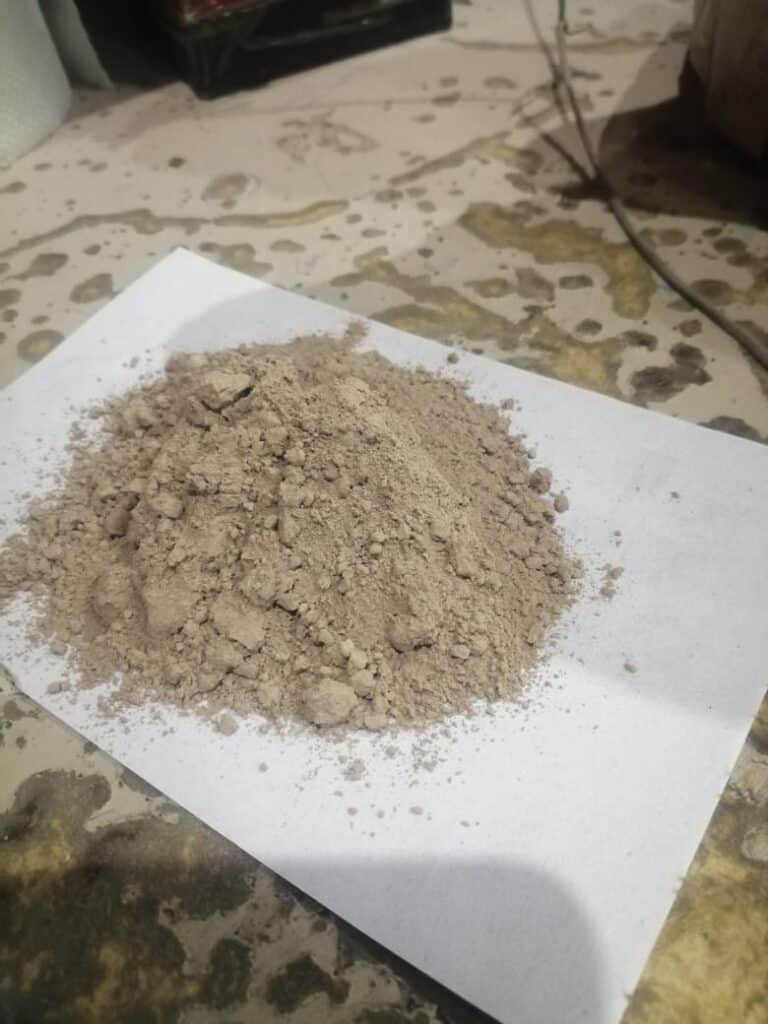Silica Fume
What is Silica Fume? Silica fume, also known as microsilica or condensed silica fume, is an ultrafine powder collected as a by-product of silicon and ferrosilicon alloy production. This amorphous form of silicon dioxide consists of spherical particles with an average diameter of 150 nanometers, making it approximately 100 times finer than average cement particles. […]

